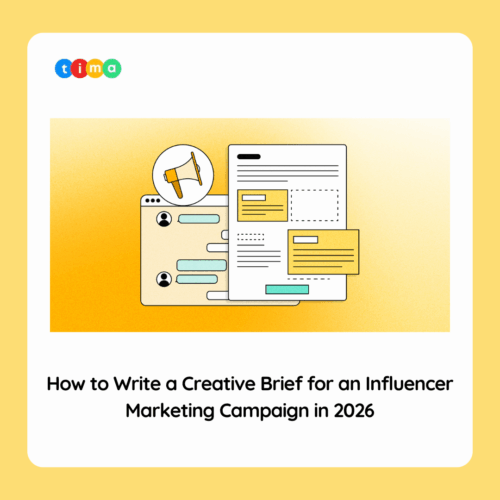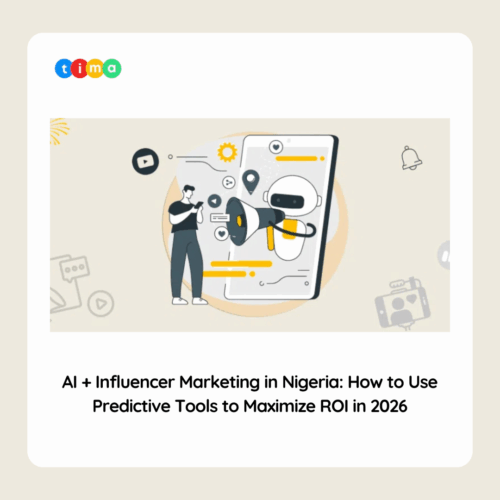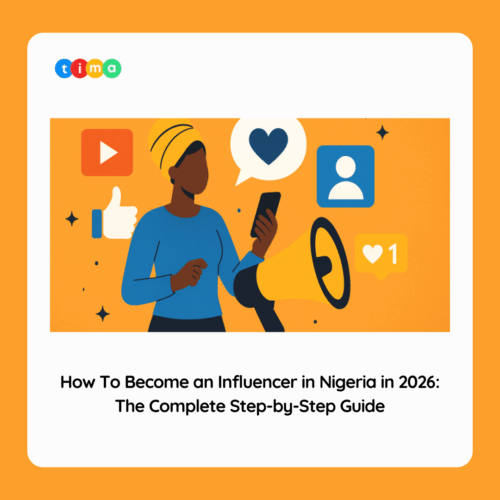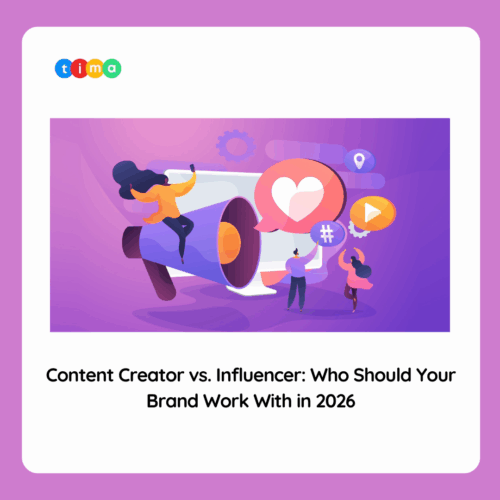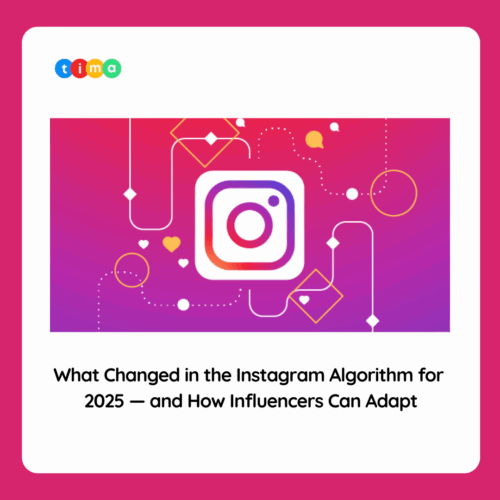In an industry obsessed with going viral, influencer marketing’s true value is no longer about follower counts or fleeting trends. It’s about results. Whether you’re working with a micro-influencer in a niche community or a macro creator with millions of followers, brands now face the same challenge: proving Influencer Marketing ROI with precision and clarity.
Gone are the days when likes and comments were enough. Today, brands need to go deeper—tracking what really moves the needle: sales conversions, audience quality, brand lift, and long-term customer value. And at the heart of it all? Advanced data tracking.
This article explores how forward-thinking marketers are redefining ROI in influencer marketing using advanced analytics, smarter attribution models, and real-time insights.
The Old Way Is Over: Why Surface Metrics No Longer Cut It
At first glance, influencer marketing appears easy to quantify. Post a video, count the likes, measure the engagement rate, and pat yourself on the back. But what happens when a campaign “performs well” on social but fails to boost sales or brand awareness? You realize you’ve been measuring the wrong things.
Vanity metrics like impressions and likes are nice to have, but they don’t answer the big questions:
Did this campaign drive actual customer acquisition?
Are these influencers delivering real business value?
What’s the long-term impact on brand perception?
Surface-level data offers only a partial picture. What brands now need is a 360-degree view of performance—and that’s where advanced data tracking steps in.
Building an ROI Framework: What Should You Be Measuring?
Before you can track Influencer Marketing ROI effectively, you need to know what “returns” you’re measuring. Influencer marketing impacts multiple stages of the funnel, so a single metric rarely tells the full story. Instead, consider these layered goals:
1. Top-of-Funnel (Awareness)
Reach & Impressions: How many unique users saw the campaign?
Audience Demographics: Are you reaching your actual target market?
Brand Lift: Has your campaign increased brand recognition, recall, or sentiment?
2. Mid-Funnel (Engagement & Consideration)
Engagement Quality: Are people commenting meaningfully or just dropping emojis?
Click-Through Rates (CTR): Are users compelled to explore further?
Website Traffic Sources: Are influencer referrals generating sustained traffic?
3. Bottom-of-Funnel (Conversion & Sales)
Promo Code Redemptions: Are your influencer-specific codes driving purchases?
Affiliate Link Tracking: What percentage of influencer traffic converts?
Customer Lifetime Value (CLV): Are influencer-acquired customers sticking around?
By mapping these metrics to different stages of the customer journey, you can more accurately attribute ROI—and make better decisions about where to spend next.
Attribution Models: The Missing Piece in Influencer Marketing ROI
One of the biggest challenges in influencer marketing is attribution—knowing which touchpoint led to which outcome. Influencer campaigns often exist across multiple platforms, making attribution complex. A user might see a TikTok, then Google your brand days later, and finally make a purchase via your website.
To address this, marketers are adopting more sophisticated attribution models:
a. Last-Click Attribution
Still common, this model gives full credit to the final touchpoint before a conversion. It’s simple but often misleading—especially when influencers are initiating the journey, not closing it.
b. First-Click Attribution
This model credits the first interaction—great for identifying brand discovery via influencers but limited in tracking the nurturing process.
c. Multi-Touch Attribution (MTA)
The gold standard. MTA assigns value across all touchpoints—TikToks, Instagram Stories, blog mentions, YouTube videos—giving a more nuanced view of how influencers impact a customer journey from awareness to conversion.
Brands using MTA can finally answer complex questions like:
Which influencer introduced the brand?
Which content format (Reels, Story, carousel) drove the most engagement?
How many touchpoints did it take to convert the customer?
Data Tools That Power Smarter Decisions
To measure what matters, brands need to use the right tools. Here are some of the most effective platforms being used in the influencer marketing space today:
1. UTM Parameters + Google Analytics
By embedding UTM codes in influencer links, brands can track the full customer journey through Google Analytics—from click to conversion.
2. Affiliate Marketing Platforms (e.g., RewardStyle, ShareASale)
These platforms provide robust tracking for conversions, commission, and influencer ROI at scale.
3. Social Listening Tools (e.g., Brandwatch, Meltwater)
These platforms help track brand mentions, sentiment, and keyword performance across digital channels—beyond just what influencers post.
4. Customer Relationship Management (CRM) Integration
Integrating influencer data into your CRM allows brands to track influencer-acquired customers through the sales cycle—identifying patterns in behavior, churn, and retention.
5. Influencer Marketing Platforms (e.g., CreatorIQ, Grin, Upfluence)
They allow brands to track campaign performance holistically, segment influencer types, and calculate ROI per creator.
Predictive Analytics: Influencer Marketing Gets Smarter
Beyond historical data, brands are now tapping into predictive analytics to forecast campaign success before it even launches. Using historical performance, audience behavior, and engagement patterns, machine learning models can:
Predict which influencers are most likely to convert for your product category
Recommend optimal posting times for peak performance
Estimate likely revenue based on post format, platform, and audience profile
This shift from reactive to proactive strategy is a game-changer for influencer marketing teams looking to scale with confidence.
The Rise of Real-Time Dashboards
Real-time data visualization is becoming a non-negotiable. Campaigns are now monitored hour by hour, with brands adjusting creative, boosting top-performing posts, or pulling underperforming ads mid-flight.
With tools like Tableau, Looker Studio, or influencer-specific dashboards, marketing teams can build live feeds that track:
Engagement velocity
Sales by influencer
Real-time ROI per dollar spent
Platform-level comparisons (TikTok vs Instagram, for instance)
Real-time responsiveness isn’t just efficient—it’s the difference between losing budget and scaling success.
Redefining Influencer Marketing ROI: It’s Not Just About Revenue
While sales will always be a critical ROI metric, forward-thinking brands are expanding the definition to include:
Customer Quality: Are influencer-led customers more loyal?
User-Generated Content (UGC): Is the influencer’s content reusable in future campaigns?
Brand Affinity: Are influencers enhancing your brand story or cheapening it?
Influencer ROI: Which creators deliver the best value for cost, not just impressions?
This holistic approach acknowledges that ROI is both quantitative and qualitative. Sometimes the win isn’t immediate sales—it’s planting a seed that converts next quarter.
Challenges to Watch For
Even with advanced tracking, influencer marketing isn’t immune to common pitfalls:
Attribution Blind Spots: Offline conversions or private messages may be missed.
Data Overload: Too many KPIs can cloud decision-making—focus on what aligns with goals.
Fake Engagement: Bots, pods, and inauthentic audiences can skew data—always vet influencers carefully.
Short-Term Obsession: Not all influencer impact is immediate. Always track long-tail effects.
So, What Really Matters?
When it comes to advanced influencer marketing measurement, what matters most depends on your goals. But generally, it’s this:
- Less focus on likes.
- More focus on lifecycle.
- Less guessing.
- More attribution.
- Less flash.
- More substance.
It’s not just about tracking more—it’s about tracking smarter.
Conclusion: Data Is Power—If You Use It Right
Influencer marketing is no longer a creative black box. With the right data strategy, brands can not only understand what’s working—they can predict what will work.
If your team is still relying on screenshots and spreadsheet guesswork, it’s time to evolve. Campaigns need to be measured against KPIs that matter to your business goals, not just to the algorithm.
And if you’re looking to level up your influencer marketing tracking with precision, smart strategy, and high-performing creators across Africa, TIMA can help you build what works—and prove it.


